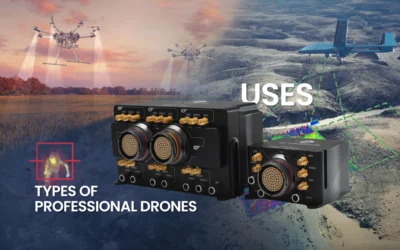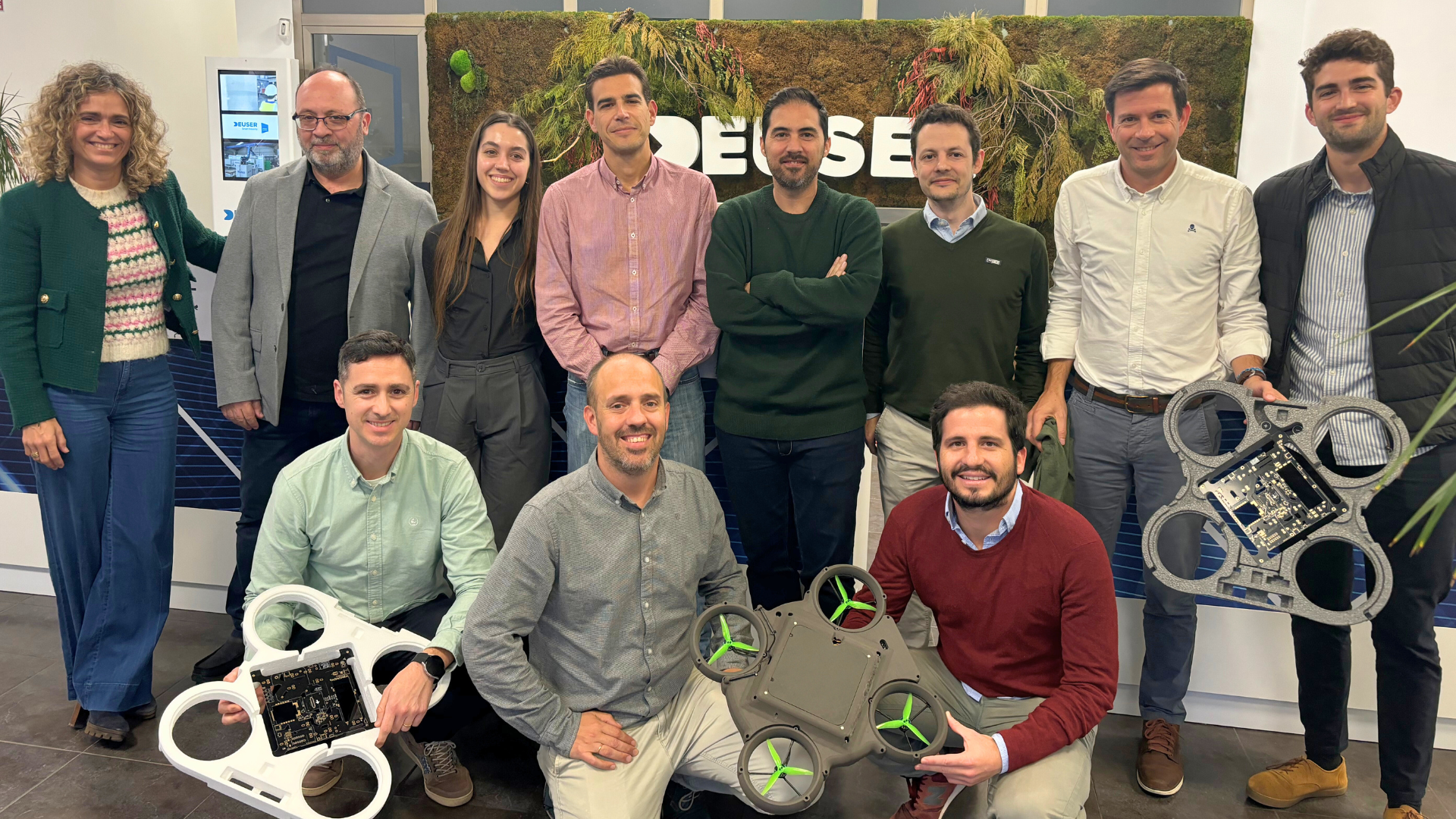Embention is jointly involved with IAEA (International Atomic Energy Agency) in the “Drones Against Tsetse” project, a project for the control of tsetse fly population in Africa. In a first phase, the project is focused on the control of the plague in Ethiopia, willing to soon act in other affected areas in Africa. This project has recently been classified as a semifinalist in the “Drones for Good” 2016 competition, organized in Dubai (United Arab Emirates).
The intended purpose of the “Drones for Good” contest is to encourage people with inventive and innovative capacity worldwide to find technological solutions to today´s problems and to improve the lives of people. This competition really makes a difference in solidarity.
The project is an initiative to control African trypanosomiasis, transmitted by the Tsetse fly; it is commonly known as the sleeping sickness. Achieving this through the Sterile Insect Technique (SIT) applied with drones. This technique permits to reduce the fly population by releasing sterile flies. Sterile flies are released near indigenous populations; these sterile males mate with wild females, thus reducing the offspring and the population of the new generation. To perform an effective procedure, about 100 sterile tsetse flies are released weekly by square kilometer.
Flight operation to control the Tsetse fly
The F300 fixed-wing drone that is used has autonomy for 2 hours of flight with a 2 kg payload and a cruise speed of 72 km/h. Sterile Tsetse flies are autonomously released when reaching the control area, with the drone flying at an altitude of 300 meters above the vegetation, following preconfigured routes on its avionics system, Veronte Autopilot 1x, and in its control software, Veronte Pipe. These routes are designed according to the information previously collected from tsetse fly inhabitants, with the help of MAXENT distribution prediction models and satellite images from MODIS.
With the purpose of not damaging the sterile tsetse flies during the flight, they are cooled, reducing their activity. Then they are housed in biodegradable boxes, which are encapsulated in special pods that maintain the temperature and permit to manage the controlled release during the flight. About 5000 Tsetse flies can be released on each flight over an area of 100 km2.















